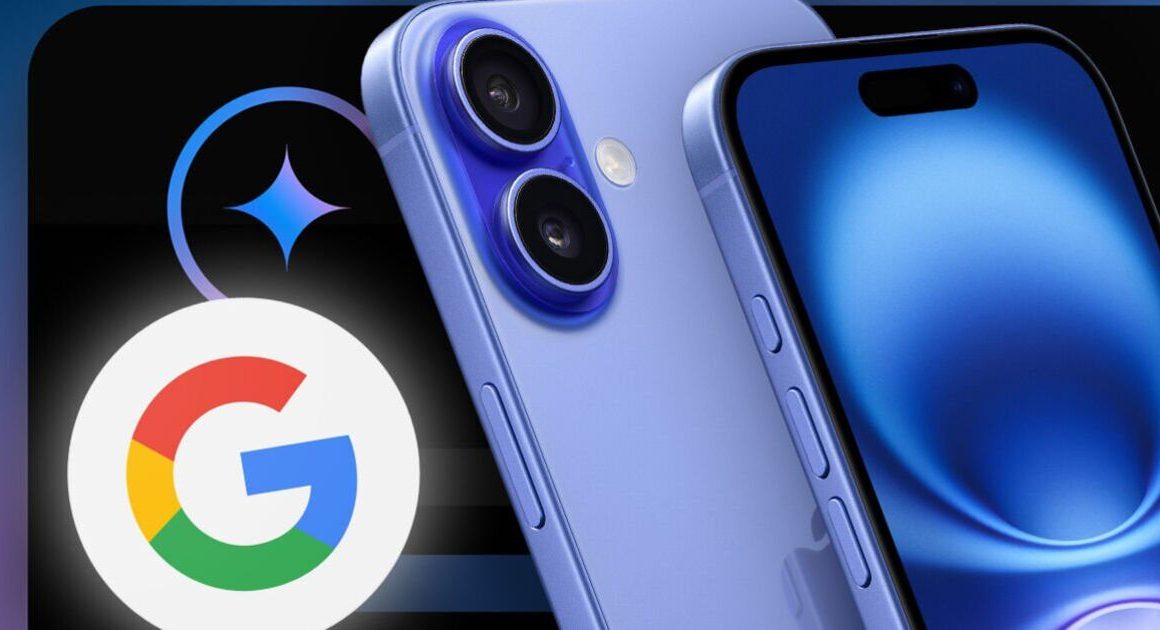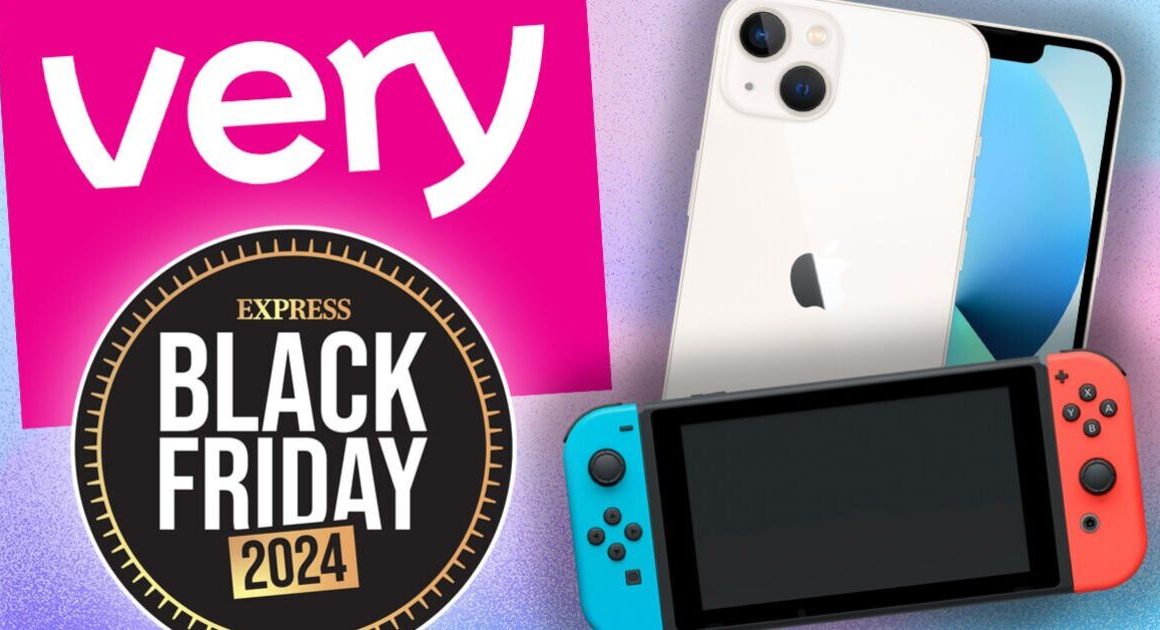The iPhone 16 goes on sale today and you might be wondering if it’s worth upgrading your current phone to Apple’s latest handset. It’s always tempting to splash out on the latest tech, but it’s worth considering if you actually need a new phone, and if you do, whether or not you could save some money by buying a cheaper or older model such as the iPhone 15.
Now that the iPhone 16 is available instore and online, we thought it best to compare the new smartphone to its predecessor, the iPhone 15. In this article we’re looking closely at the differences between the base model iPhone 16 and iPhone 15, which cost £799 and £699 respectively when you buy direct from Apple.
Let’s start with the similarities between the two phones, released only one year apart. They both have 6.1-inch OLED screens that have the exact same 1179 x 2556 resolution with Apple’s Dynamic Island at the top – that’s a pill shaped bar that houses the front-facing camera but using software can display information and lets you hop into apps, particularly useful when you have audio or media playing.
Both phones have frosted matt glass backs and matt aluminium sides, meaning you’re barely going to see any fingerprints. The iPhone 16 has bolder colours such as ultramarine (blue), teal and pink, whereas the iPhone 15 has more muted pastel tones. They all look the same when you slap them in a case, though.
Apple says the iPhone 16 has a tougher version of Ceramic Shield, the company’s glass used to cover the display, than the 15 does but both should be hardy enough to protect from light scratches.
Both phones also have a 48MP main camera and a 12MP ultra-wide. Neither have an optical telephoto lens but you can get a decent 2x zoom from the main camera on both phones as it can crop in and retain decent image quality.
The iPhone 16’s ultra-wide camera is improved as it has auto-focus for the first time, and can now be used for close-up macro photography.
The iPhone 15’s cameras are diagonally aligned on the back of the phone whereas the iPhone 16’s are vertically stacked – Apple says that’s so the 16 can shoot Spatial Video that can be viewed on the Vision Pro headset, something the 15 can’t do.
You can get the iPhone 16 and iPhone 15 with 128GB, 256GB or 512GB storage and all models come with just a USB-C to USB-C cable in the box – there’s no Lightning port on these iPhones, so you might have to also buy a new charger that fits this new cable. You can also charge the phones wirelessly thanks to Apple’s MagSafe wireless charging standard.
This is where things start to differ some more. The iPhone 16 can charge at up to 25W speeds but you’ll need the newest MagSafe charger to do so. The iPhone 15 can only charge at 15W wirelessly, which is pretty slow.
The iPhone 15 is powered by Apple’s A16 chip, which is plenty powerful and will be more than enough oomph for practically everyone, but the phone will not be able to run Apple Intelligence, Apple’s new AI features and tools, when it launches in a software update in the UK in December.
The iPhone 16 will get Apple Intelligence because it has the newer A18 chip and enough RAM to cope with the computing power needed for AI, so if you really want to use Apple Intelligence, you’ll have to go for the iPhone 16.
The only phones that will get Apple Intelligence are the iPhone 16, iPhone 16 Plus, iPhone 16 Pro, iPhone 16 Pro Max, iPhone 15 Pro and iPhone 15 Pro Max.
The iPhone 15 has the traditional Ring/Silent switch you can use to mute your phone whereas the iPhone 16 has the newer Action Button in its place, which you can program to do one of many different things, from mute to opening the camera, or performing an action in a specific app.
The iPhone 16 also has the new Camera Control, which Apple doesn’t call a button but sure looks like a button. It’s a shutter button for the camera app but is also touch sensitive, letting you zoom in or scroll through different options while shooting photos or video.
If you like the new colours of the iPhone 16, the improved cameras, Action Button and Camera Control, and the eventual addition of Apple Intelligence, these are all things you don’t get with the older iPhone 15. Apple still sells the iPhone 15 for £699, and you should be able to find cheaper contract options now the iPhone 16 is on sale.
The iPhone 16 starts from £799 from Apple and other retailers such as Currys, John Lewis and Argos. You can pay more for more storage or to get your hands on the larger iPhone 16 Plus.
We’ve rounded up some of the best iPhone 16 contract deals below:












